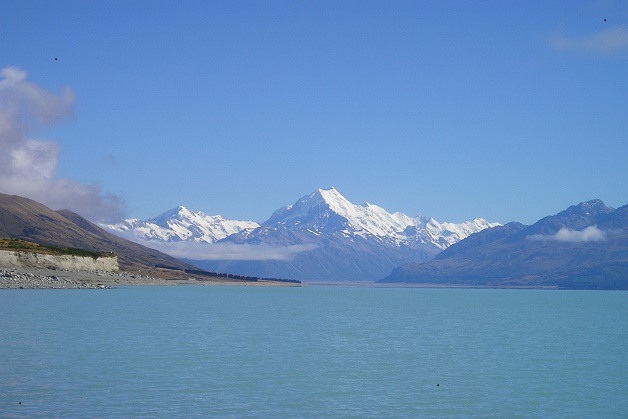Identifying ancestry and family links with a person’s tribal affiliations and whakapapa (genealogy) to the land via pepeha (formulaic expression of ancestral connections) is one of the most common and integral forms of identification in the Māori world: hence the common question “Nō hea koe?” translated as “Where are you from?” This scoping report will identify the issues Ngāi Tahu tribal members experience when seeking accurate information that informs individuals of their pepeha and supports their ability to engage appropriately at Māori events and to self-identify themselves and their marae (Ancestral building).
The completed Ngai Tahu pepeha project is available at http://www.ngaitahu.maori.nz
It is common for whakama (embarrassment) to be a barrier for Māori considering a visit to their marae for the first time when knowledge of pepeha is unknown. Māori with little to no knowledge of their pepeha are more than twice as likely not to visit their ancestral marae, compared to Māori who have the knowledge (Statistics New Zealand, 2014, p. 6).
Ngāi Tahu have the largest geographic region of all iwi (people) in New Zealand. Its boundaries span from near Blenheim to the bottom of Stewart Island (Te Runanga o Ngai Tahu Act, 1996). The 2013 Census figures show that over half of Ngāi Tahu tribal members live outside of the tribal area (Statistics New Zealand, 2014).
Unique to Ngāi Tahu iwi post treaty settlement era, marae and hapū (clan) were re-catergorised into five primary hapū represented by 18 papatipu rūnanga (authoritative tribal council of a specific tribal area) that people whakapapa (connect through genealogy) to, based on the 1848 Ngāi Tahu census (Ngai Tahu Maori Trust Board, 2002). Other iwi consider marae as the principal source of identification.
The 18 papatipu Rūnanga of Ngāi Tahu whānui (extended family) and their respective takiwa (district) which encompass multiple marae, hapū and traditional landmarks are defined in law in with Te Runanga o Ngai Tahu (Declaration of Membership) Order 2001 (Te Runanga o Ngai Tahu Act, 1996). There is at least one exception to this where the marae Mangamanu in the Kaikoura district was ignored in law and subsequently was recognised as a sub-complex of Te Rūnanga o Kaikoura. Both marae retained their autonomy and independence.
Further exasperating the issues for Ngāi Tahu iwi members has been the emergence of marae, by taura here (Māori from other tribal areas) groups. This is evident in several main towns and cities in the Ngāi Tahu tribal area, such as the two marae Ngā Hau E Whā, Rehua in Christchurch and Hakatere Marae in Ashburton.
The completed Ngāi Tahu pepeha project is available at http://www.ngaitahu.maori.nz


Leave a Reply